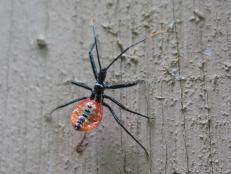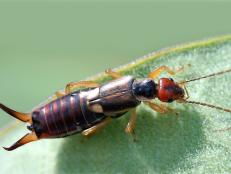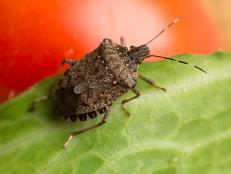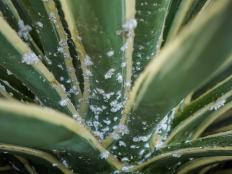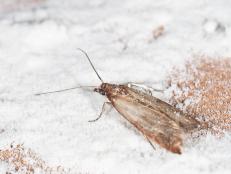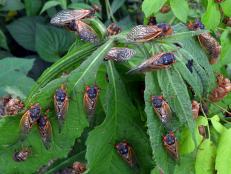Crane Flies
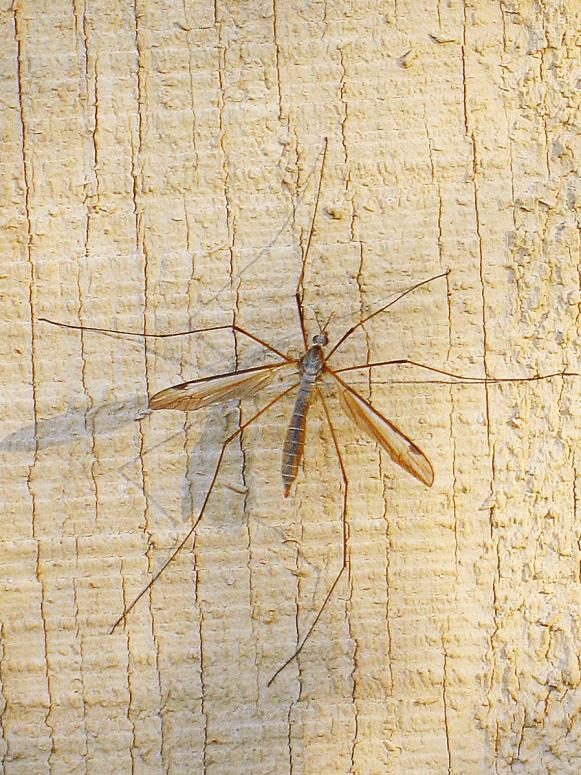
These long-legged insects, often mistaken for giant mosquitoes, announce their presence by flying up out of the lawn. Crane flies also fly around porch lights and occasionally make their way indoors. They're usually found in moist areas.
"The larvae of most species live in damp to wet soil or are semi-aquatic to aquatic," says Frank Hale, extension entomologist and University of Tennessee professor. Crane flies are distributed across the U.S., however, and some occur on dry plains.
There are thousands of species and most are beneficial. "The larvae feed on decaying vegetable matter while a few species feed on living plant tissue," Hales says. "And a few species are considered predators." The adults of selected varieties also feed on nectar. In general, crane flies provide food for birds and bats.
A couple of exotic varieties have proven to be pests of lawns, where the larvae feed on grass roots. Robins and other insect eaters can usually keep the population down to a harmless level in most cases.
If you see a crane fly, assume first that it's up to no harm, possibly helping with the decomposition of organic matter. And they pose no stinging threat to humans.
"Although they look somewhat like giant mosquitoes, none bite people," Hale says. "The adults are harmless."






